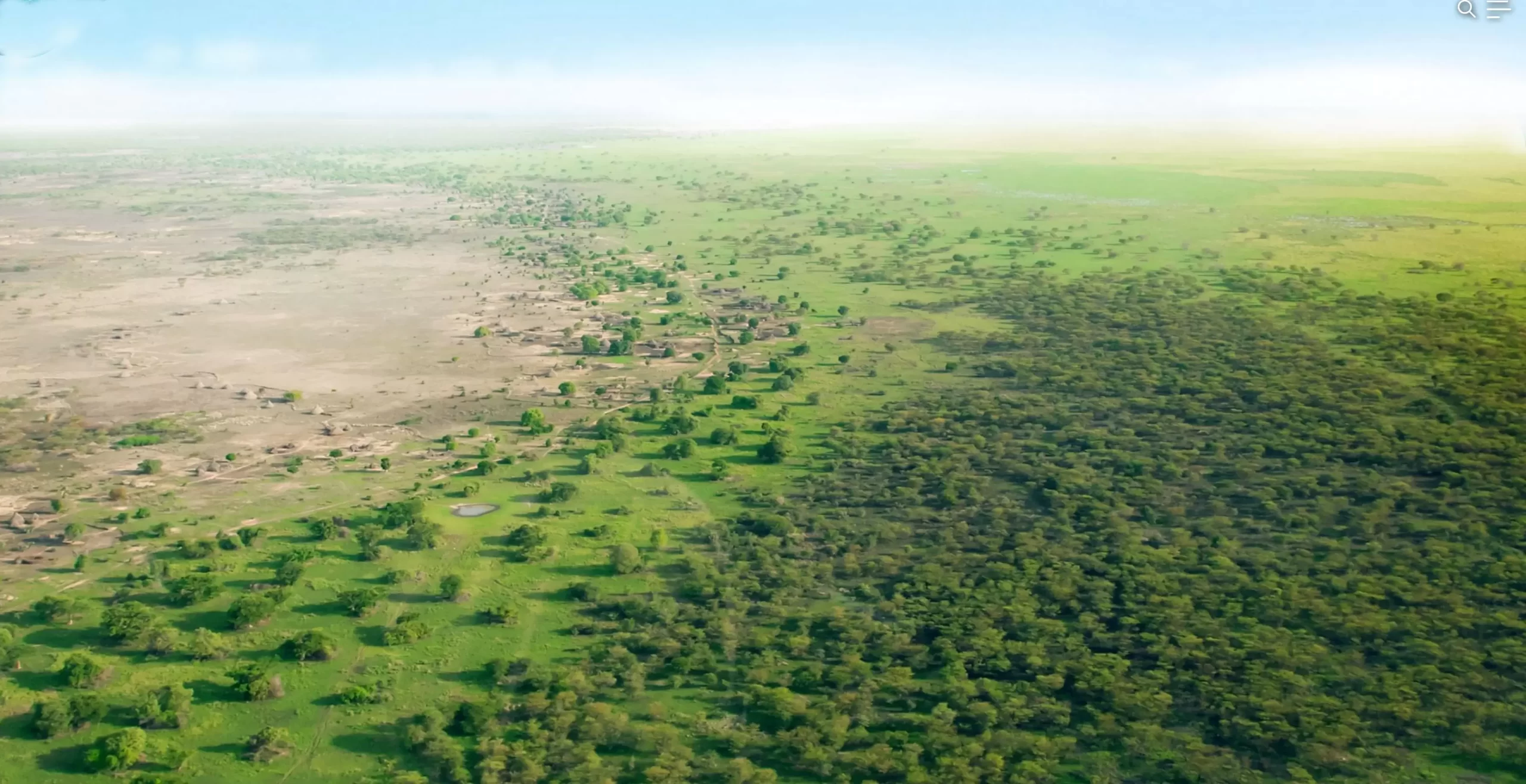The Great Green Wall
Faced with the alarming aridification of the Sahel region, in 2007 the African Union embarked on a visionary mission: to build a Great Green Wall stretching across 8,000 kilometres (5,000 miles), from Dakar in the west to Djibouti in the east. This colossal endeavour, officially known as the Great Green Wall for the Sahara and the Sahel Initiative (GGWSSI), has since evolved into a multifaceted project aimed at combating desertification, land degradation, and climate change. Spanning 20 African countries and covering approximately 780 million hectares (1.93 billion acres), the Great Green Wall seeks to restore degraded land, sequester carbon, and create sustainable livelihoods for over 200 million people in the region.
The Sahel region faces formidable environmental challenges, including desertification, frequent droughts, soil erosion, and biodiversity loss. These challenges have devastating consequences for agriculture and the livelihoods of millions of people. The Great Green Wall was conceived as a bold response to these pressing issues.
Over the years, the project evolved from a mere tree-planting exercise to an endeavour that encompasses more sustainable land management practices including agroforestry, beekeeping, and animal rearing. Unlike a monoculture of trees, these practices create a mosaic of habitats that can support a broader range of plant and animal species. This, in turn, contributes to the restoration of ecosystems and the preservation of native flora and fauna. Still, due to carbon offsetting, there are still many international corporations that solely make money from planting trees.
However, it’s worth noting that, despite these advancements, there remains a concern in the realm of carbon offsetting. Some international corporations continue to generate profits solely by planting trees without incorporating the broader and more holistic sustainable practices.
Yet, to maintain these sustainable practices, it is essential to turn to local communities. Another critical element of the Great Green Wall lies in involving these communities. They play a pivotal role in sustainable land management and job creation. By empowering them with knowledge and skills, the initiative fosters a sense of ownership and responsibility among those living in the affected areas.
Despite its ambitious goals, progress on the Great Green Wall has been slow. Only 18% of the target area, equivalent to about 18 million hectares (44 million acres), has been restored to date. Funding gaps and coordination issues among stakeholders have hindered the project’s momentum. However, the Great Green Wall Accelerator, launched with a $14.3 billion pledge in 2021, has injected new life into the initiative, with $2.5 billion already disbursed as of March 2023.
The Great Green Wall is more than just a barrier of trees; it is a symbol of hope and resilience. While it has faced challenges and criticism along the way, its evolving approach and the commitment of African nations, international partners, and local communities show the potential for transformative change. As the Great Green Wall continues to grow, it holds the promise of not only combating environmental threats but also uplifting the lives of millions across the Sahel region. With renewed funding and a growing global interest in its success, the Great Green Wall is on the path to becoming Africa’s most significant quest to tackle desertification.


